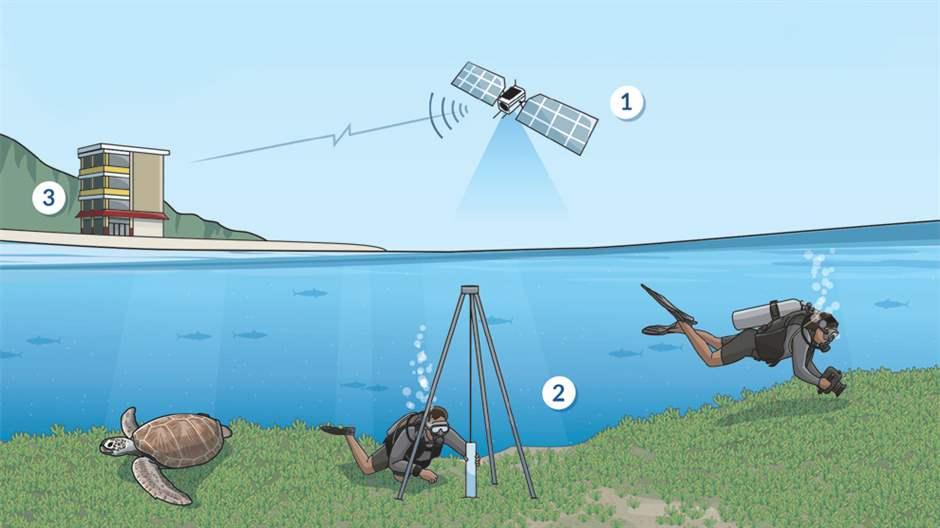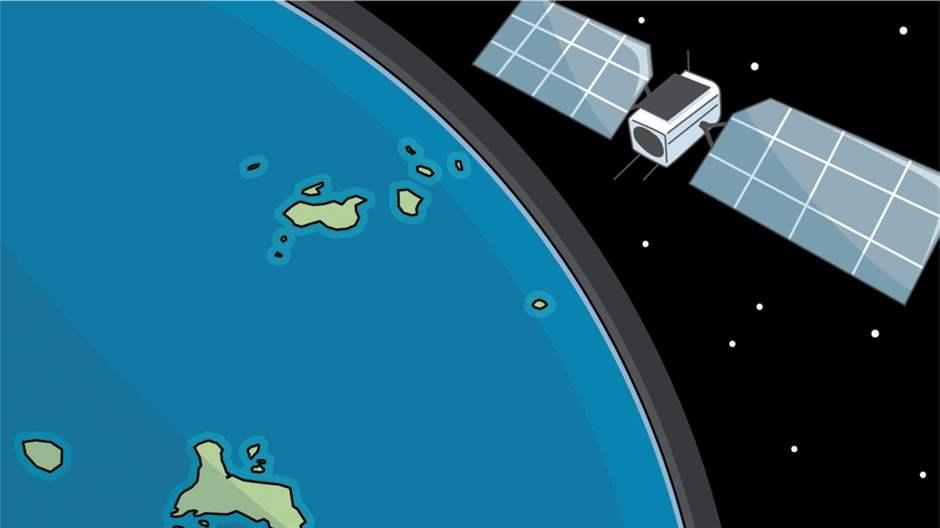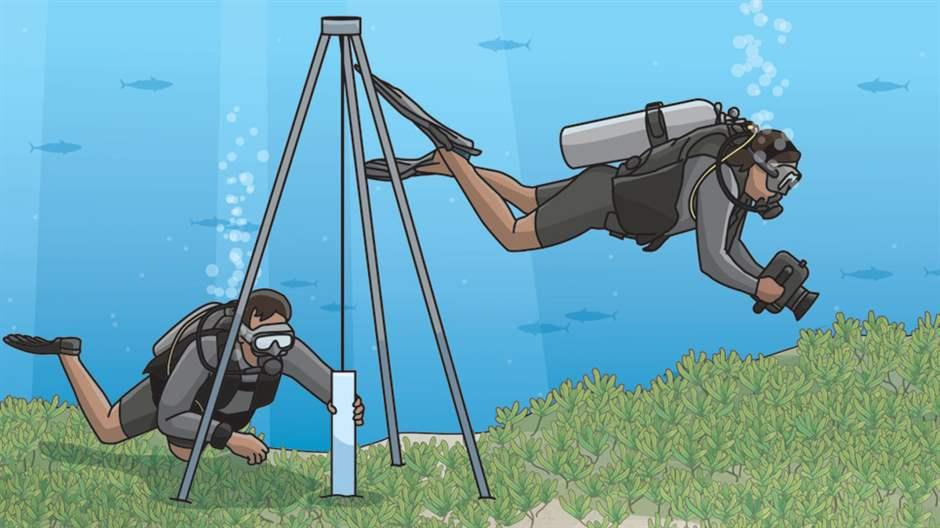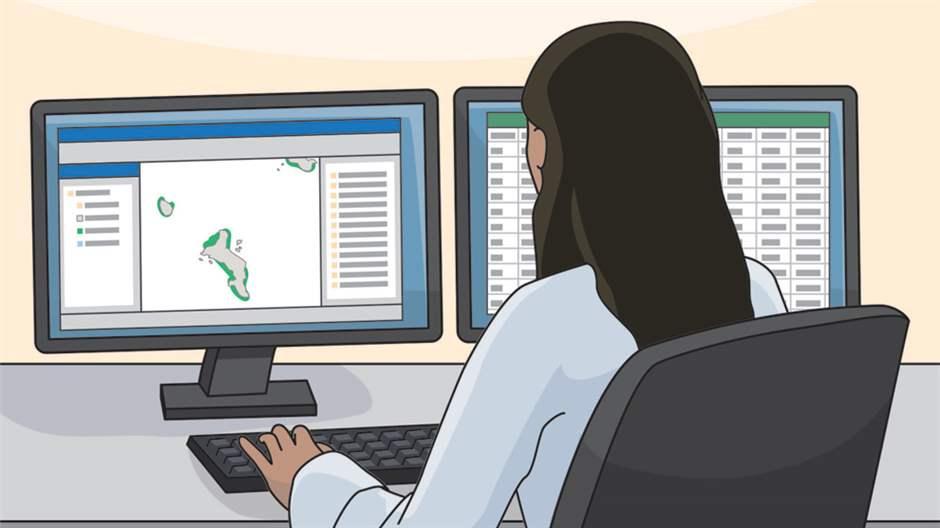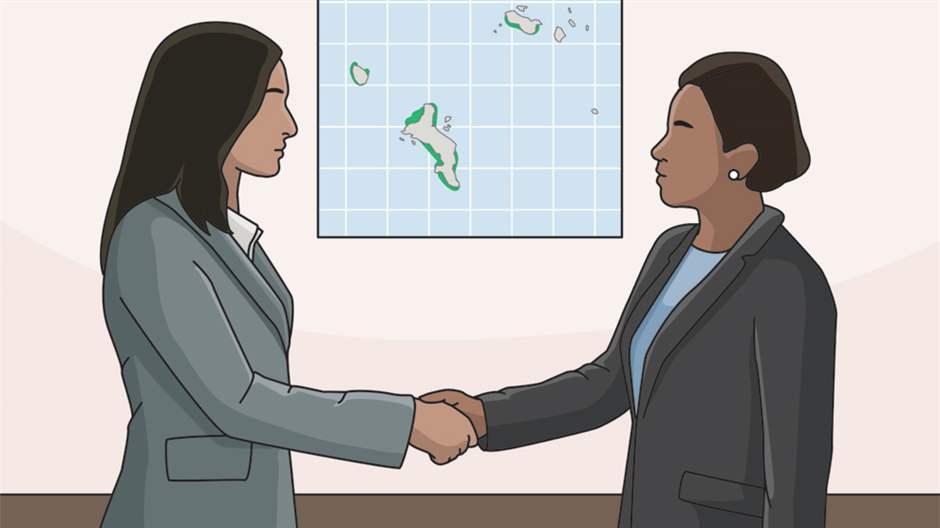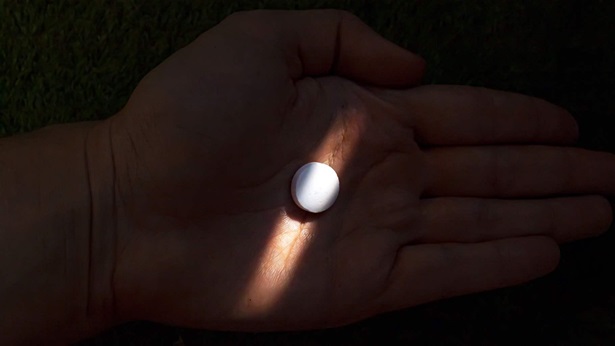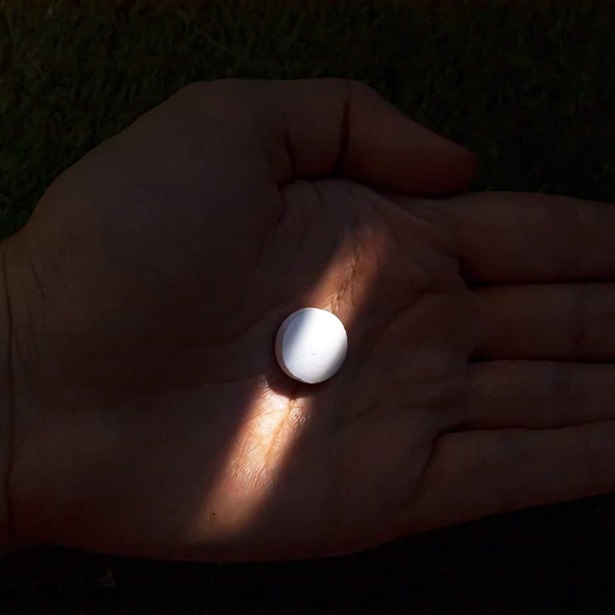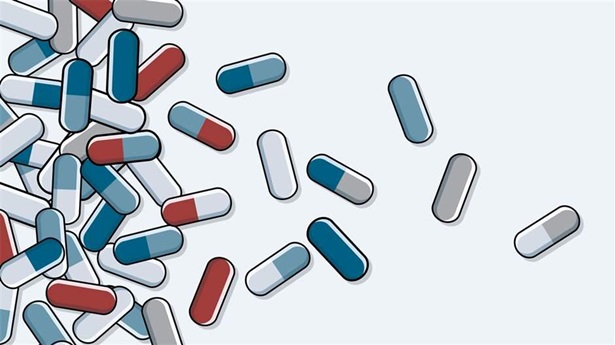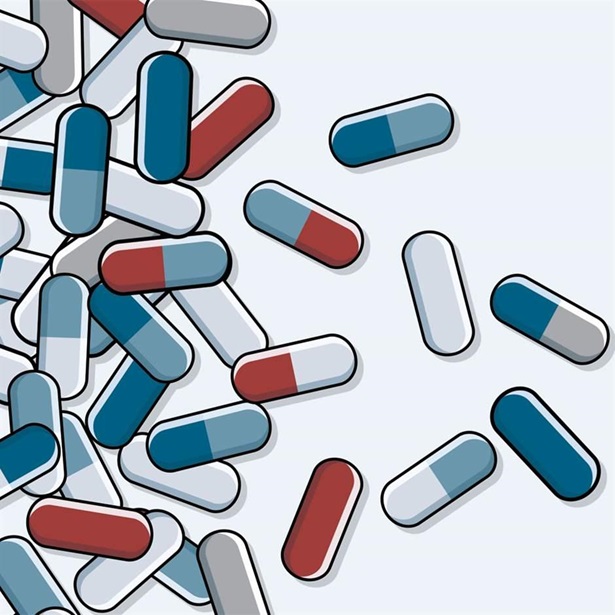Project Will Map Seagrass in Seychelles to Support Climate Action
New initiative will generate first countrywide estimate of the ecosystem’s carbon stocks
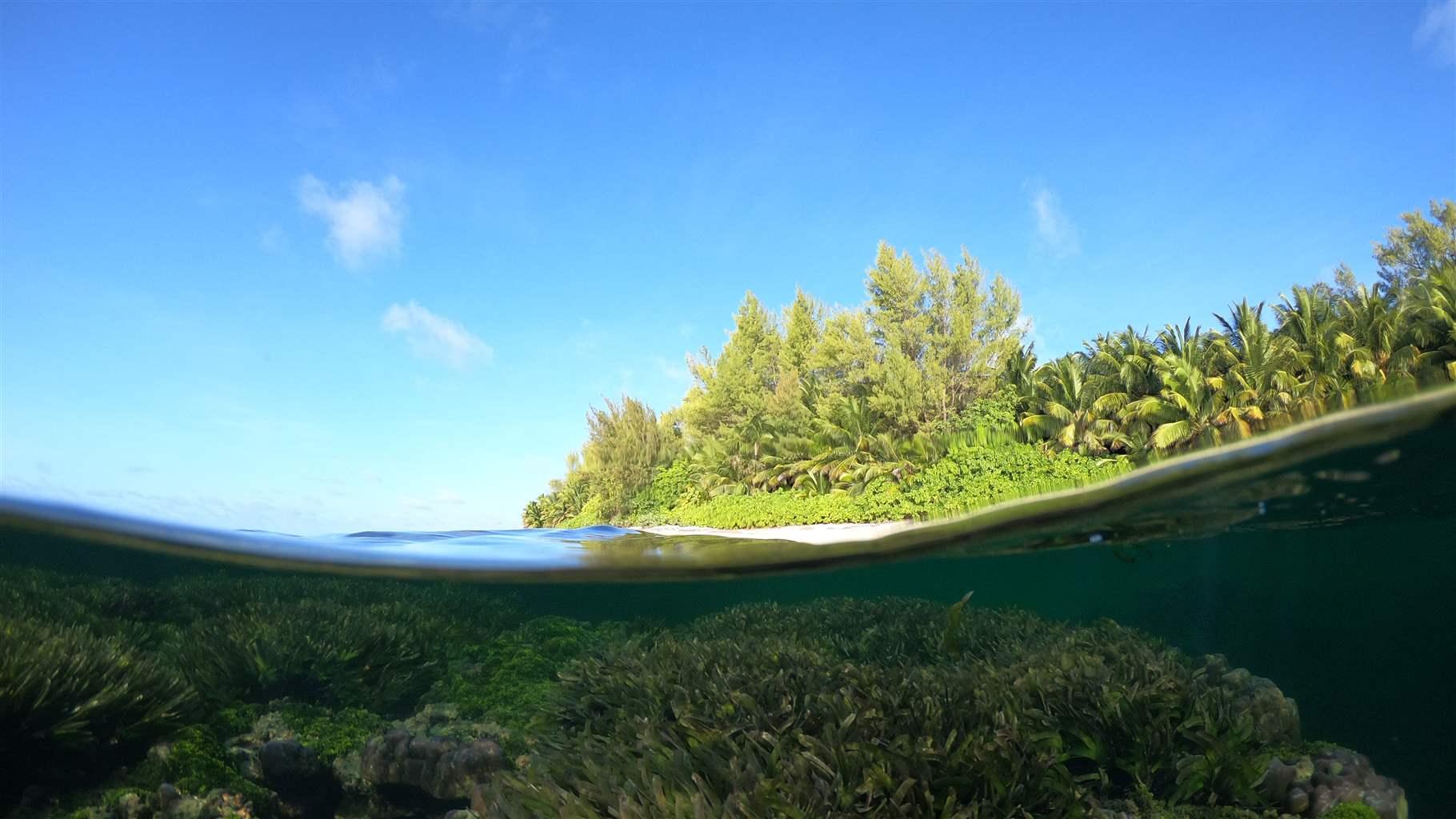
Overview
In the coastal waters across much of our planet are meadows of seagrass that are vital to the health of our ocean. These marine flowering plants are critical habitat for a multitude of fish, invertebrates such as crabs and scallops, and other species. Juvenile fish use seagrass as nursery areas, while animals such as turtles and dugongs visit the meadows to feed.
Seagrass also plays an important role in helping society adapt to and mitigate climate change. As natural carbon sinks, seagrass meadows store large amounts of atmosphere-warming carbon in their underlying soil—an estimated 10 percent of the total organic carbon stored in the ocean. In addition, seagrass meadows can help buffer coastal communities from the full impact of waves caused by storms, which scientists predict will intensify and become more frequent as seas warm.
Countries can include seagrass protections as a nature-based solution in their Nationally Determined Contributions (NDCs) to the Paris Agreement, to bolster global efforts to lessen the impacts of climate change. To account for the climate values provided by the protection of seagrass within policy—and to successfully manage the carbon stored in seagrass soils—countries should know the distribution and extent of their seagrass meadows, and (if possible) estimate the below-ground carbon stock.
A new research project funded by The Pew Charitable Trusts seeks to generate this information for Seychelles, where extensive seagrass meadows provide critical habitat for marine turtles and commercially important fish and could support the country’s climate action by serving as vital carbon sinks.
Seychelles Seagrass and Carbon Mapping Project
Project will provide the scientific information needed to support country’s climate action
1. Mapping seagrass using satellite imagery
In the first phase of the project, researchers collect countrywide satellite images of the ocean. These images show the presence of seagrass, along with other ocean habitats, such as coral reefs. Because cloud cover and water clarity can affect the quality of the satellite imagery, field data is also collected to differentiate the images.
2. Field data collections on seagrass meadows
Researchers collect seagrass data throughout Seychelles, gathering information on the different species and density of seagrass, and taking soil core samples to estimate the carbon stored beneath the meadows.
3. Data is analyzed to estimate seagrass extent and carbon stock
The satellite images and field data are analyzed and used to produce a high-accuracy, field-validated map of seagrass distribution and extent. The soil cores are analyzed for their carbon content and used to generate a first-time estimate of carbon stock for seagrass meadows in the country.
4. Scientific information informs policy decisions
This scientific information on the distribution of seagrass and its associated carbon stock gives policymakers the information they need to include the protection of seagrass in their NDCs as a nature-based solution to climate change.
Research
Led by the University of Oxford in partnership with several local institutions and organizations, the Seychelles Seagrass Mapping and Carbon Assessment Project will build the scientific baseline necessary to support the inclusion of seagrass protections into Seychelles’ NDC. Researchers on this project will fill key data gaps regarding seagrass distribution, extent, and soil carbon stock by drawing on advances in satellite remote sensing and field collections.
To better understand the location and extent of seagrass, researchers will collect satellite images of seagrass beds throughout the country. Images can be affected by cloud cover, water clarity, and ocean floor features, so local researchers will also collect field data to develop a validated map of seagrass distribution and extent. To estimate seagrass carbon stocks, soil cores will be collected from meadows and analyzed for their carbon content. This carbon data, combined with the field-validated seagrass map, will provide for the first time a countrywide estimate of the seagrass carbon stock, and give policymakers in Seychelles the scientific baseline to include seagrass in the country’s NDC as a nature-based solution to climate change.
